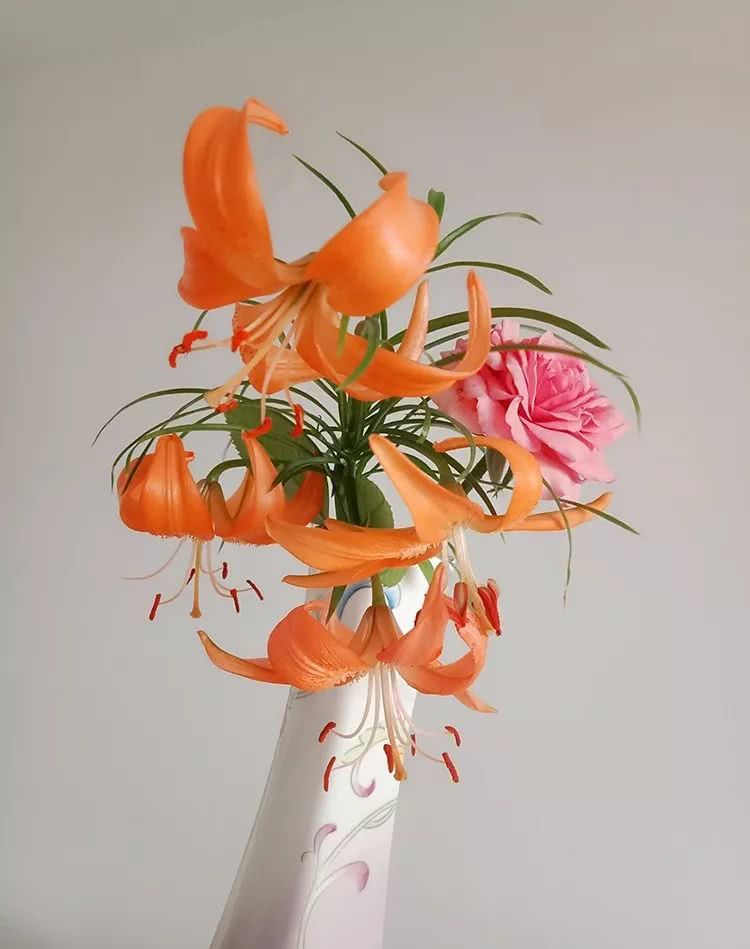Don't be careless when you have a long life after blooming.

After blooming and failing, longevity flowers should be pruned, pruned branches, cuttings or dormant maintenance. Because the plant goes into dormancy after anthesis, the excess parts should be removed to reduce unnecessary nutrient loss. The pruned plants can continue to be preserved into old ones, while the healthy branches can be cut to get new ones. During the dormant period, it is necessary to properly shade, control temperature and control water.
1. Prune the remnant flowers
After the failure of the longevity flower, the part of the bud will be cut off first, and the upper part of the branch that has flowered will generally be cut off together with the remnant flower. Because the flowering time is different, it can be pruned according to the flowering time of the plant.
2. Pruning branches
To trim the plant as a whole after flowering, first prune the residual branches, old branches and overgrown branches, and then prune them according to the shape of the plant growth, so as to make the plant beautiful, ventilated and ventilated.
3. Cuttage treatment
Some of the branches that grow well are cut under the node, the wound is dried in the ventilated place, and planted in the matrix mixed with perlite and bone powder.
4. Dormancy maintenance
The plants after anthesis were cultured at the temperature of 15-25 ℃, which volatilized quickly in summer but could not be over-watered to prevent root rot caused by growth retardation. It was confirmed that the soil should be watered again after drying. After flowering, some nitrogen fertilizer can be applied properly to supplement the nutrients needed for growth. Generally speaking, the dormancy period is spring and summer after flowering, when the intensity of the sun increases, it is necessary to shade the sun properly.
- Prev

The people who will criticize you are your dignitaries.
Arrogant when young, in the face of criticism from others is often regarded as provocative, is to find fault, is vexatious, rarely quietly examine their own mistakes. In retrospect, who has criticized himself the most since childhood? It's our father.
- Next

The flowers of Shandan are in full bloom.
Lanzhou Lily is a famous specialty of Gansu Province. Its color is as white as jade and its meat is thick and sweet. Its quality is famous all over the world, so it has the reputation of "Lanzhou Lily is the first in the world". Shandan flowers bloom red, in fact, it is said that wild lilies bloom.
Related
- Wuhan Hospital Iron Tree Blooming Result Was Instantly Frightened by the Gardener Master
- Which variety of camellia is the most fragrant and best? Which one do you like best?
- What is the small blue coat, the breeding methods and matters needing attention of the succulent plant
- Dormancy time and maintenance management of succulent plants during dormancy
- Minas succulent how to raise, Minas succulent plant pictures
- What are the varieties of winter succulent plants
- How to raise succulent plants in twelve rolls? let's take a look at some experience of breeding twelve rolls.
- Attention should be paid to water control for succulent plants during dormant period (winter and summer)
- Watering experience of twelve rolls of succulent plants
- Techniques for fertilizing succulent plants. An article will let you know how to fertilize succulent plants.

